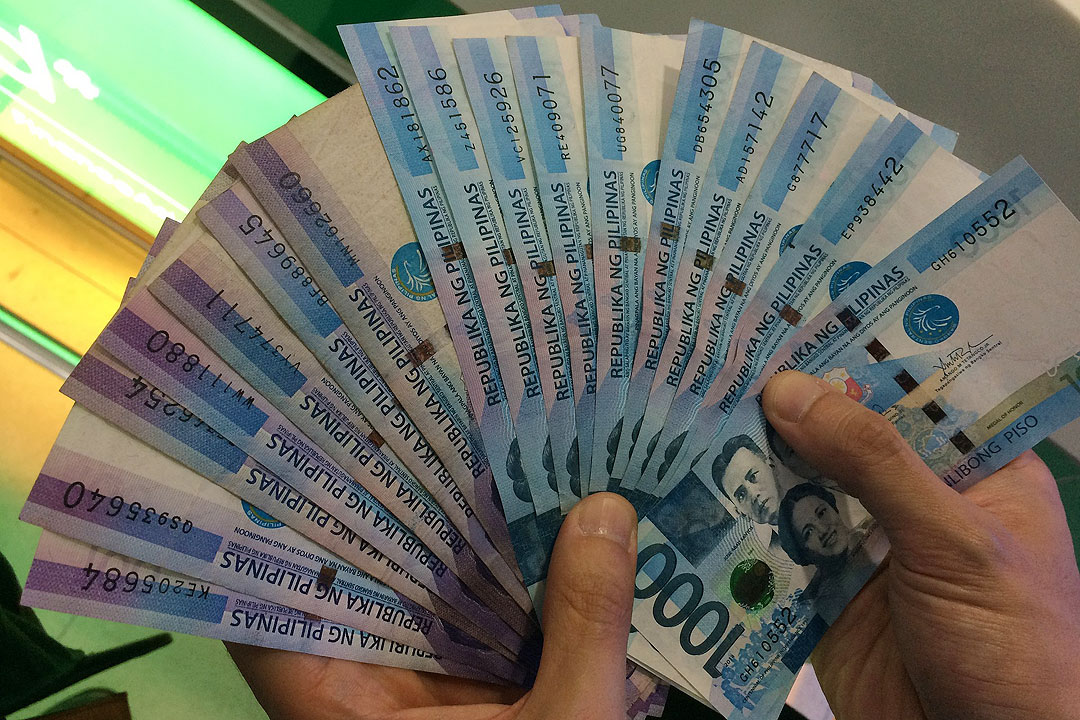
Upgrade to High-Speed Internet for only ₱1499/month!
Enjoy up to 100 Mbps fiber broadband, perfect for browsing, streaming, and gaming.
Visit Suniway.ph to learn
Brix Lelis - The Philippine Star
August 3, 2025 | 12:00am
Department of Energy (DOE).
Philstar.com / Irra Lising
MANILA, Philippines — The Department of Energy (DOE) has cleared 17 renewable power projects to undertake a system impact study (SIS) with the National Grid Corp. of the Philippines.
The projects endorsed in June include 10 wind, three solar, one hydropower, one integrated solar and two battery energy storage system (BESS) facilities, based on DOE data.
The SIS is conducted to determine the capacity of the national grid to accommodate a new connection and identify necessary improvements such as additional transmission lines, transformers or substations.
Among the large-scale wind farms are CI San Jose Corp.’s 1,246-megawatt facility in Oriental Mindoro and 260-MW project in Quezon, Philippine New Energy Development Inc.’s 500 MW in Cebu and Alba Renewables Philippines Corp.’s 300 MW in Zambales.
Endorsements were also issued to Econergy Renewable Power Philippines’ three wind projects totaling 450 MW in Sorsogon, Camarines Sur and Northern Samar, SE Renewable Energy Inc.’s 112-MW wind park in Batangas and Mainstream Renewable Power Philippines Corp.’s 50-MW wind facility in Leyte.
Also approved were Embrace Nature Power1 Corp.’s 180-MW Agrovoltaic Solar in South Cotabato, Aboitiz Solar Power’s 168.9-MW Calatrava Solar in Negros Occidental, RE Resources’ 92.5-MW San Manuel Solar in Pangasinan and Joy-Nostalg Solaris’ 62-MW Ajuy 1 Solar in Iloilo.
Other technologies endorsed were Alsons Energy Development’s 8.8-MW hydropower in Zamboanga del Sur, and Upgrade Energy Philippines’ 25-MW BESS in Isabela and 25-MW BESS in Samar.
Since January, the DOE has endorsed 78 projects — two conventional, 63 renewables and 13 BESS — for grid impact study.
This aligns with the government’s goal of expanding the share of renewables in the energy pie to 35 percent by 2030 and 50 percent by 2040 from the current 22 percent.

 1 week ago
4
1 week ago
4



